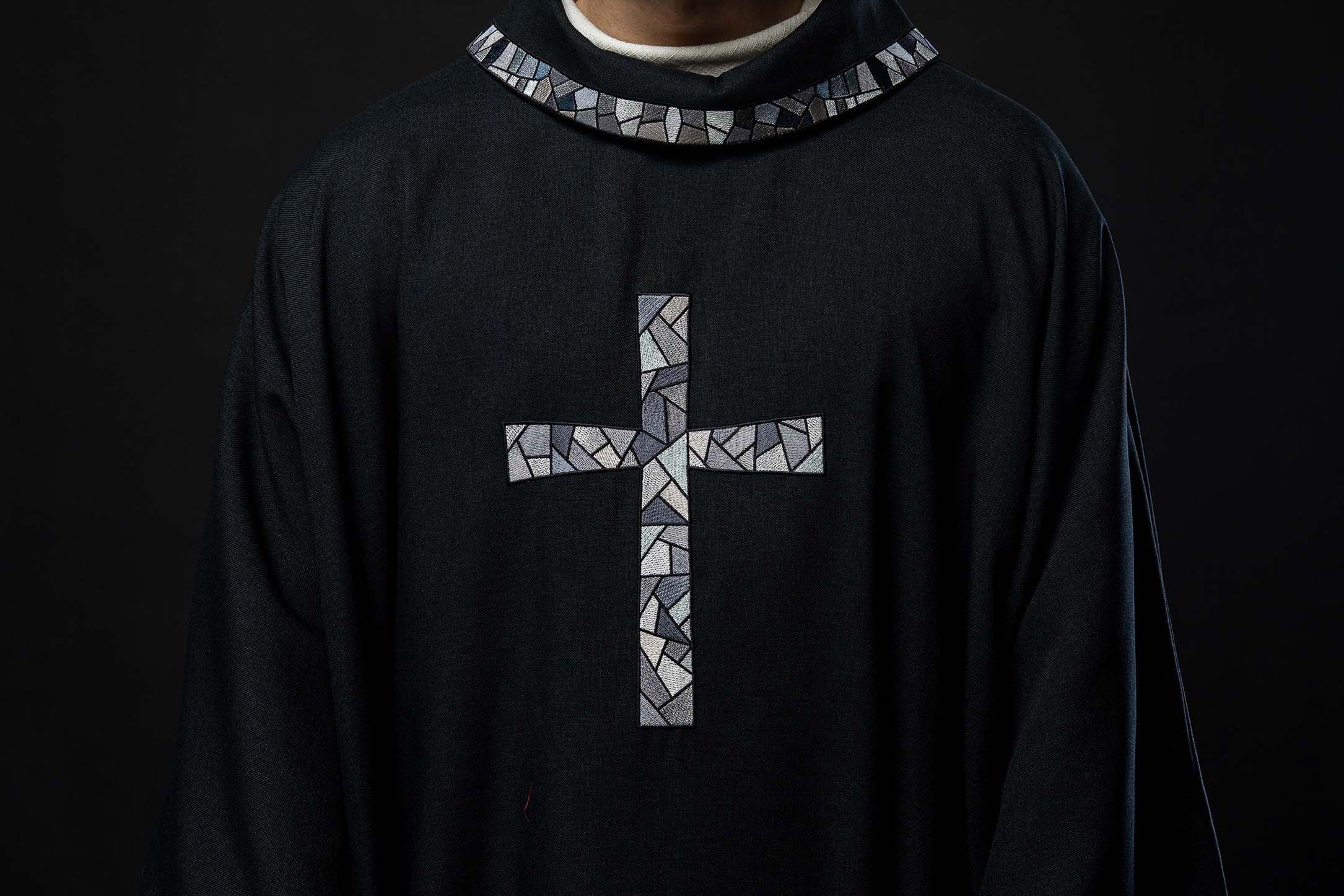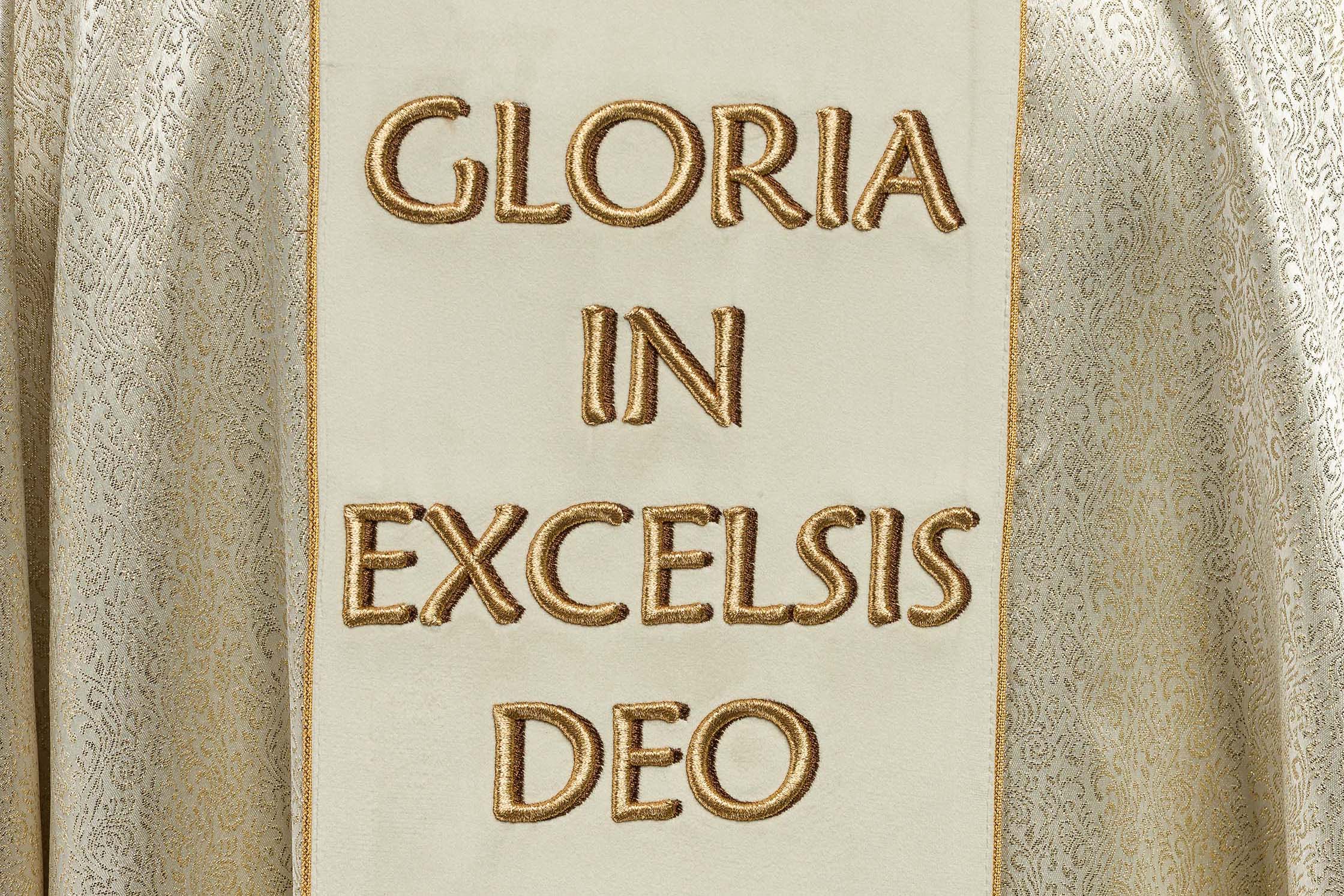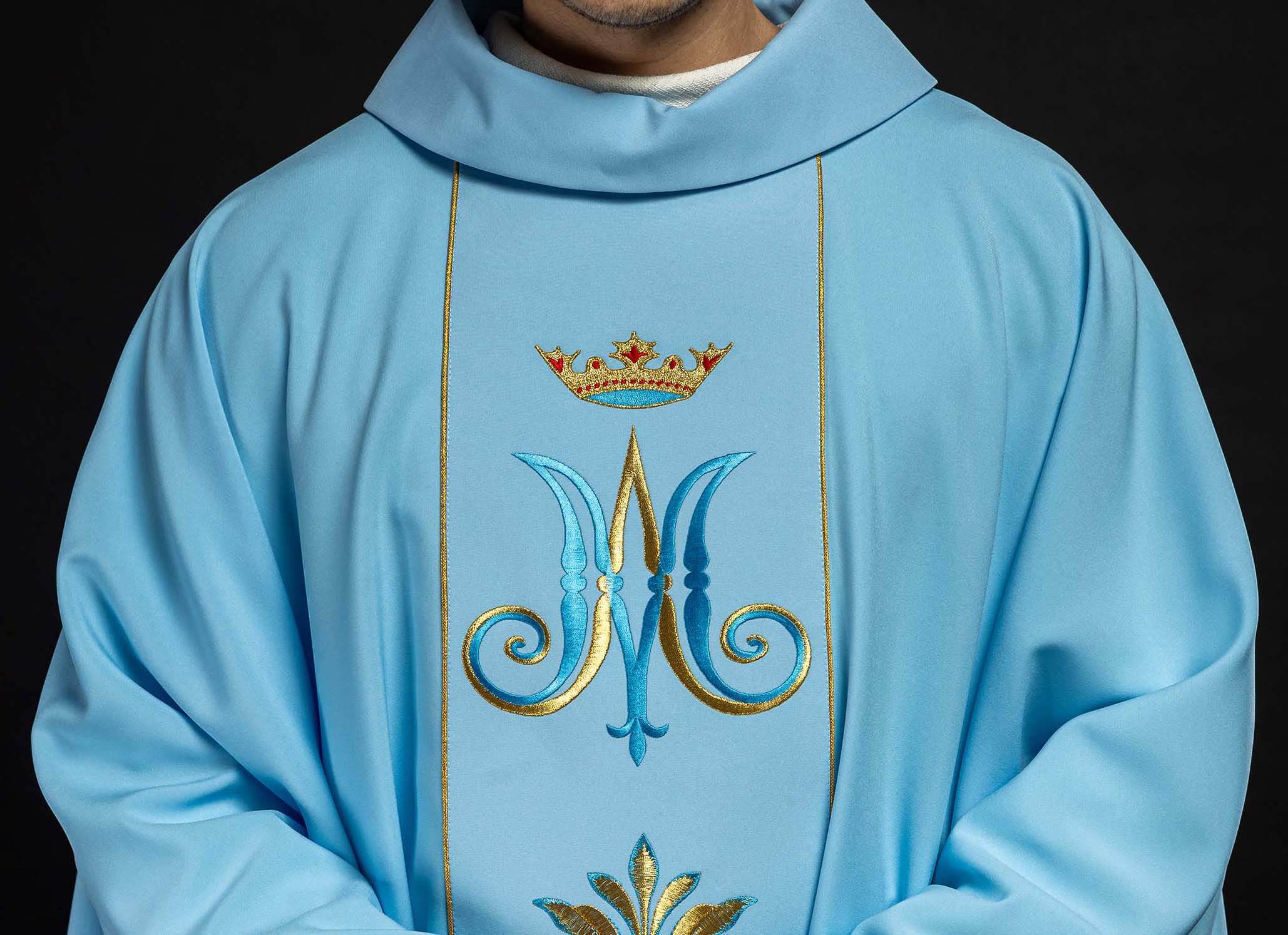
Is the Black Vestment Still in Use?
Is the Black Chasuble Still Used? History, Symbolism, and Contemporary Use
Black Chasuble – A Symbolic Return to the Roots of Liturgy
Contemporary Catholic liturgy is characterized by a richness of colors and forms of liturgical vestments, which reflect the mysteries of faith and the various periods of the church year. Among them, the question often arises about the status of the black chasuble – a color once inextricably linked to mourning, penance, and the Sacrifice of the Mass. In modern times, in the face of liturgical reforms and changes in tradition, does the black chasuble still have its place in the church sanctuary?
Genesis and Historical Significance of the Black Chasuble
The color black in liturgy has been a symbol of mourning, death, and penance for centuries. In the Latin Church, it was traditionally used in Masses for the dead, on All Souls' Day, and also during Lent, although in the latter case it was more often replaced by purple. The black chasuble, like other vestments in this color, emphasized solemnity, humility, and the need for prayer for the souls suffering in purgatory.
The color black was seen as an expression of sorrow for the sins of humanity and the death of Christ, and at the same time as a symbol of hope for the resurrection. Its lack of ornamentation, often simple cut and material, emphasized renunciation and focus on the spiritual layer of the liturgy.
Changes in the Code of Canon Law and Liturgical Instructions
With the liturgical reforms introduced after the Second Vatican Council, there were some changes in the norms regarding the colors of liturgical vestments. The Code of Canon Law, in article 1780, states that "the traditional way of using vestments in colors should be preserved: white, red, green, purple, black, as well as – depending on the circumstances – pink and blue."
However, in practice, the color black began to be used less and less frequently, especially in Masses for the dead, where the dominant color became purple, symbolizing mourning, but also penance and expectation of the resurrection. The Vatican instructions also had an impact on this, which allowed the use of purple as a mourning color, as well as the tendency to avoid black in some liturgical contexts, where it could be seen as too gloomy.
When Do We Use the Black Chasuble Today?
Despite its decreasing popularity, the black chasuble has not been completely eliminated from the liturgy. It still has its justified use in several key situations:
- Masses for the Dead: Although purple has become the dominant color, the black chasuble is still permissible and used in Masses for the dead, especially in some traditional parishes or on specific occasions that require special emphasis on mourning and penance.
- All Souls' Day (November 2): On this special day, dedicated to prayer for all the faithful departed, the black chasuble is most appropriate, referring to the centuries-old tradition of the Church.
- Specific Intentions and Traditions: In some dioceses, orders, or communities, there may be local traditions or special intentions in which the black chasuble is still used.
- Lent (although less often): Traditionally, the black chasuble could be used during Lent as an expression of penance and mortification. Currently, purple is more often used, but in some traditionalist circles you can also find black vestments during this period.
The Modern Face of the Black Chasuble
Contemporary liturgical vestment design offers many beautiful and elegant proposals for black chasubles. Even if the color is traditionally associated with mourning, craftsmen can give it a modern character by using a variety of embroidery, fabrics, and decorations.
- Gold or Silver Embroidery: Contrasting embroidery in gold or silver adds a solemn character to the black chasuble, emphasizing the solemnity and respect due to the liturgy. Popular motifs include IHS, the cross, monograms, Eucharistic symbols, or images of saints.
- High-Quality Materials: Contemporary black chasubles are often made of high-quality fabrics, such as velvet, jacquard, or specialized liturgical knits, which ensure wearing comfort and aesthetic appearance.
- Variety of Cuts: From classic Roman cuts to more modern Gothic or Baroque styles – the choice is wide and allows you to match the vestment to individual preferences and celebration style.
Where to Look for Contemporary Black Chasubles?
For those looking for beautiful and symbolically important black chasubles, the online store haftinausa.com offers a wide selection of liturgical vestments, including those in the classic black color. There you will find proposals made of the best materials, decorated with intricate embroidery, ideal for Masses for the dead as well as other occasions where this color is appropriate.
- Chasubles with Gold Embroidery: The combination of deep black with shiny gold embroidery creates an extremely elegant and solemn liturgical creation.
- Chasubles with Symbolic Embroidery: Motifs such as the Heart of Jesus, the Mother of God, or symbols of the Passion give the black chasuble an additional, deep meaning.
- Modern Fabrics: The use of modern, well-draping fabrics makes black chasubles comfortable to use and look great during the liturgy.
Summary – The Black Chasuble Still Alive in Tradition
The answer to the question of whether the black chasuble is still used is definitely yes. Although its role has evolved and in some contexts it has given way to purple, it remains an important element of liturgical tradition. Its symbolism of mourning, penance, and hope for the resurrection is still relevant, and modern design makes the black chasuble as beautiful and symbolic as it used to be.
If you are looking for a unique black chasuble that will emphasize the solemnity of the liturgy and express deep faith, it is worth familiarizing yourself with the offer of the haftinausa.com store. There you will find high-quality liturgical vestments that combine tradition with modern craftsmanship.





